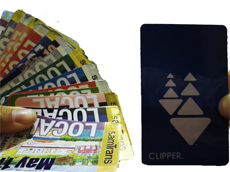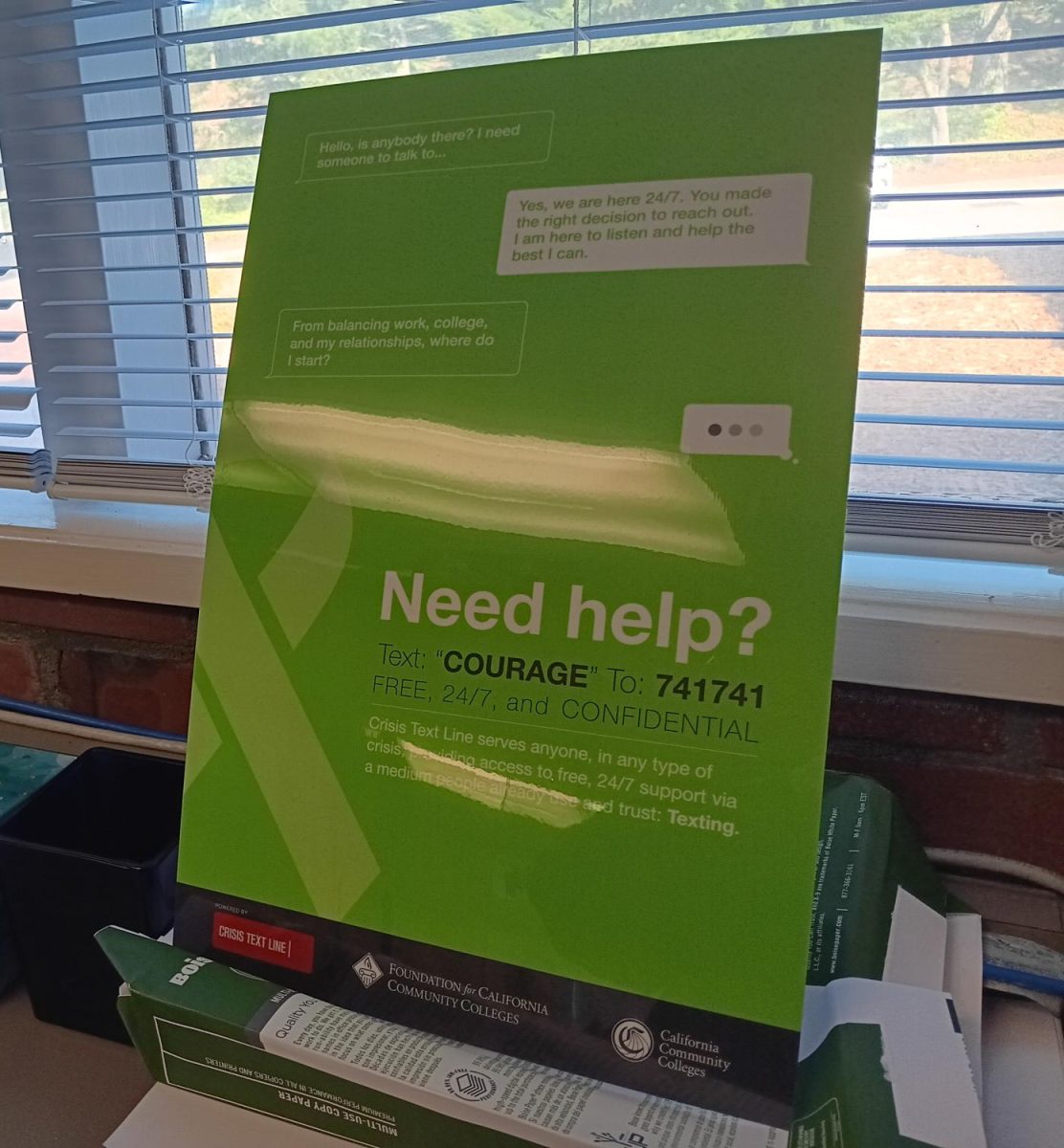This semester has brought a variety of changes, and while most of them have been campus related, one regional change that occurred at the beginning of the year has already impacted students.
At the start of the new year, the Bay Area officially adopted the Clipper card, an electronic smart card that acts like a debit card. Most conventional paper passes are no longer being sold. And although it only affects a fraction of students (those who use public transportation), there has already been an impact.
The Clipper card system allows users to put any amount of money on it in order to fit customers’ individual financial needs. According to the Clipper card website and various pamphlets, the Clipper card can be used for transportation on Muni, BART, AC Transit, VTA, SamTrans, Caltrain, and Golden Gate Transit and Ferry.
In addition, according to Clipper card phone support, the option still exists to purchase a monthly pass for SamTrans on the Clipper card for the same price as the old paper pass.
To some students, the issue of “out with the old, in with the new” is irrelevant in this situation because they would rather pay in cash. People who ride on public transportation are not required to have a Clipper card and can pay with cash.
Some students haven’t yet purchased a Clipper card because they either find it confusing or don’t know enough about it. Skyline student Leslie Castillo, a business major, finds the Clipper card to be difficult to use at times despite already owning one.
“I kind of liked the monthly pass because it’s kind of easier,” Castillo said. “With the Clipper card, you just keep adding in money, which I find difficult to (do).”
Castillo went on to say that her mother had yet to get herself a Clipper card because she doesn’t know how to use it.
However, other students feel that the new Clipper card system is not only efficient, but also less wasteful than the paper pass system.
“I find it a lot more useful and more efficient than the paper pass,” said Min Tan, a Skyline student majoring in economics. “I see that’s its less wasteful of paper and that it actually has more uses than just a regular paper pass. I can use it for BART, Caltrain, Muni and others besides SamTrans.”
Tan also liked the sleek new design of the card, commenting on how it could potentially last someone 10+ years and how its design and purpose could change the way we use public transportation.
One reason some students have yet to go Clipper, confusion and ignorance aside, is that they thought the new payment method was implemented so quickly that it felt forced.
One such student was Masio Surmaj, a biotechnololgy student who was used to the older system and at first had issues with it but eventually warmed up to it.
“It’s pretty confusing at first, especially when it comes to going on BART,” Surmaj said. “It’s like having a credit card: It’s coming out of my own pocket. It is more convenient, but I was used to the old method. But if it’s now all in one, then by all means, it’s great.”
It appears that the Clipper card system is going to stay for a while. Some might call it confusing while others call it innovative, but for now it’s a new way for people to take public transportation. How this will ultimately affect student life has yet to be fully seen.








